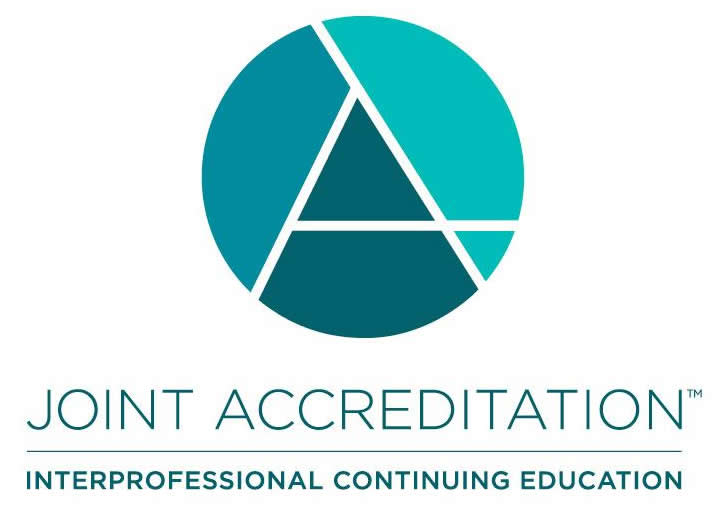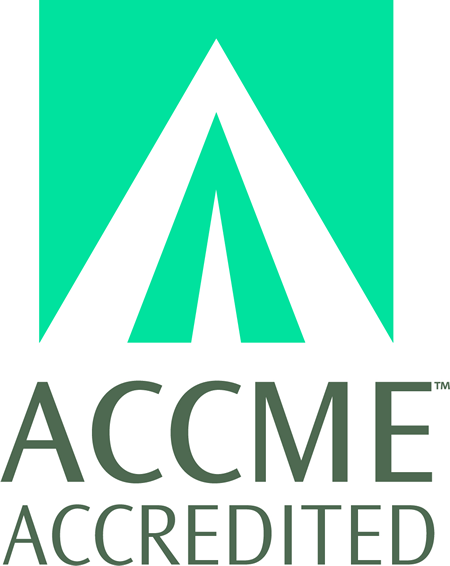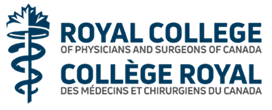
COURSE CREDITS & HOURS
10 AMA PRA Category 1 Credits™10 ACPE Credits
10.0 Contact Hours
COURSE FEES
TARGET AUDIENCE
PROGRAM PURPOSE
- Smoking Cessation
- Recognize the role of smoking in disease etiology
- Utilize techniques to enhance the patient's ability to stop smoking
- Anemia
- Develop a diagnostic strategy to ascertain the etiology of anemia
Utilize the guidelines for diagnosing anemia in children and adults in terms of available testing - Develop a clinical approach to treating various anemias to include iron deficiency and "anemia of chronic disease", due to infections, inflammatory diseases, chronic kidney disease (CKD), malignancies, cytokines, interferons, tumor necrosis factor (TNF), et cetera Describe the role of consultants in the evaluation and management of anemia
- Routine Adult Care
- Determine which screening tests are indicated for particular patients, according to USPSTF guidelines
- Order appropriate immunizations for adult patients
- Recognition and Treatment of Depression
- Understand the incidence and prevalence of anxiety and depression
- Evaluate patients with signs and symptoms of anxiety and depression in order to make an accurate diagnosis
- Prescribe appropriate medications to treat these disorders
- Obesity
- State the epidemiology of obesity in America and the health risks associated with obesity
Assess patients who are obese and determine if they need treatment - Recommend and utilize the ACC/AHA/TOS Guidelines for the Management of Overweight and Obese Adults, including diet, exercise, medications, and bariatric surgery
- Employ the Endocrinology Society Guidelines on Pharmacological Management of Obesity
- Thyroid disease
- Formulate a plan for the evaluation of a patient with presumed thyroid disease
- Interpret common lab and imaging tests in the evaluation of a patient with thyroid disease Select appropriate treatment modalities, both medical and surgical, for patients with thyroid disease, according to the American Thyroid Association Guidelines
- The identification and Treatment of Traumatized Patients
- Describe the characteristics associated with traumatic events
- Interpret the "red flags" or symptomatic manifestations of trauma in patients
- Demonstrate how to obtain a trauma history from a patient during the H and P
- Identify and propose interventions designed to treat symptoms of trauma and increase comfort during physical exam
- Eating Disorders
- Identify the behavioral and psychosocial triggers that promote eating disordered behaviors
- Distinguish between the symptoms of anorexia, bulimia, bingeing, orthorexia, and diabulimia
- Recognize the clinical "red flags" that indicate eating disordered behavior
- Apply appropriate interventions designed to treat eating disordered behaviors
- Hypertension
- Apply new HTN guidelines
- Describe rationale for those guidelines
- Managing Mildly Abnormal Liver Functions
- Apply established guidelines in the evaluation of abnormal LFTs
- Describe the rationale behind the guidelines
- Common Skin Rashes and Skin lesions
- Identify and recognize common rashes and lesions in the primary care setting
- Introduction to CAM/Integrative Medicine including Herbals and Supplements
- Cite the frequency of use of various modalities among patients and health care professionals
- Give examples of the more common CAM therapies
- Examine the evidence base for and/or against common CAM therapies
- Evaluating Dyspepsia
- Apply established guidelines in the evaluation of Dyspepsia
- Describe the rationale behind the guidelines
- Low Back Pain
- Apply ACP/APS guidelines to the evaluation and treatment of low back pain
- Apply the concept of "red flags" to the evaluation of LBP
- Dyslipidemia
- Apply new dyslipidemia guidelines, 2. Describe Rational behind those guidelines
- Atrial Fibrillation
- Describe incidence of AFib one of the most common cardiac arrhythmias
- Apply evidenced based approach to defining risk vs benefit for anticoagulation in AFib





























































